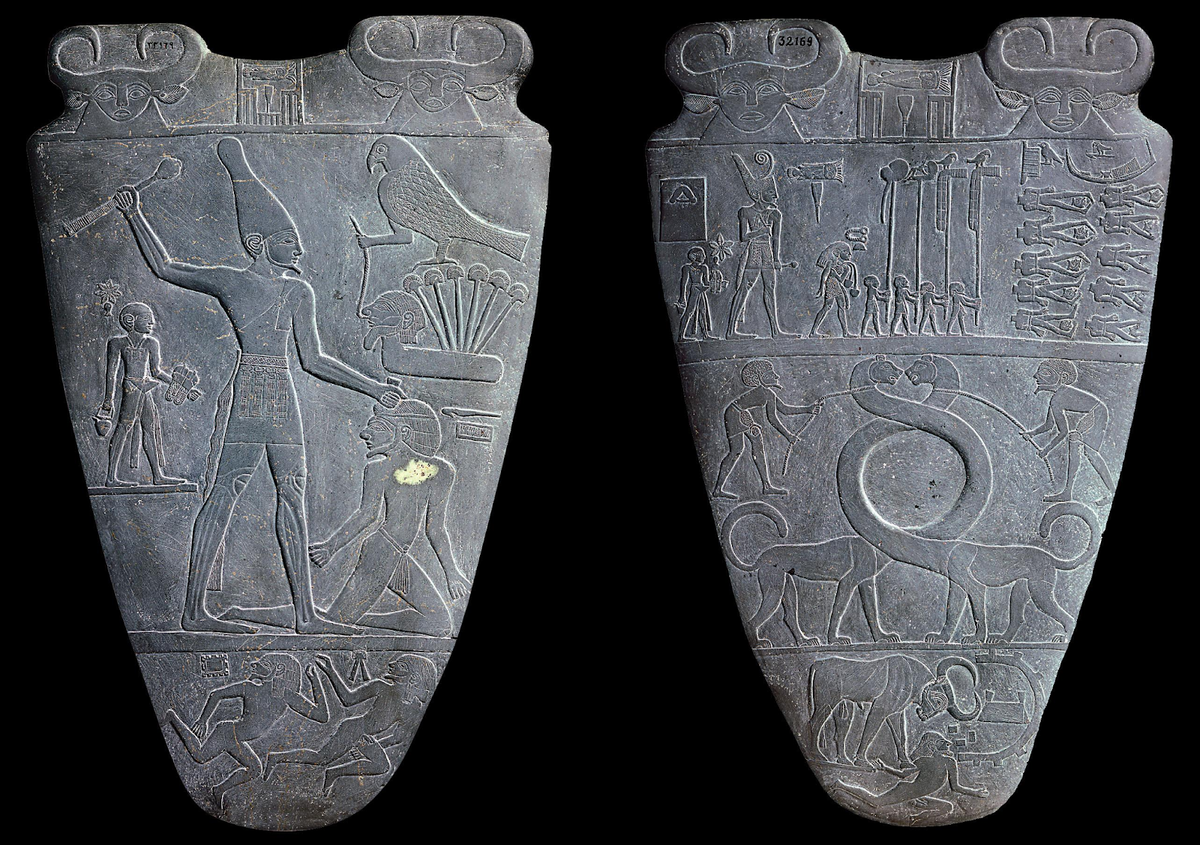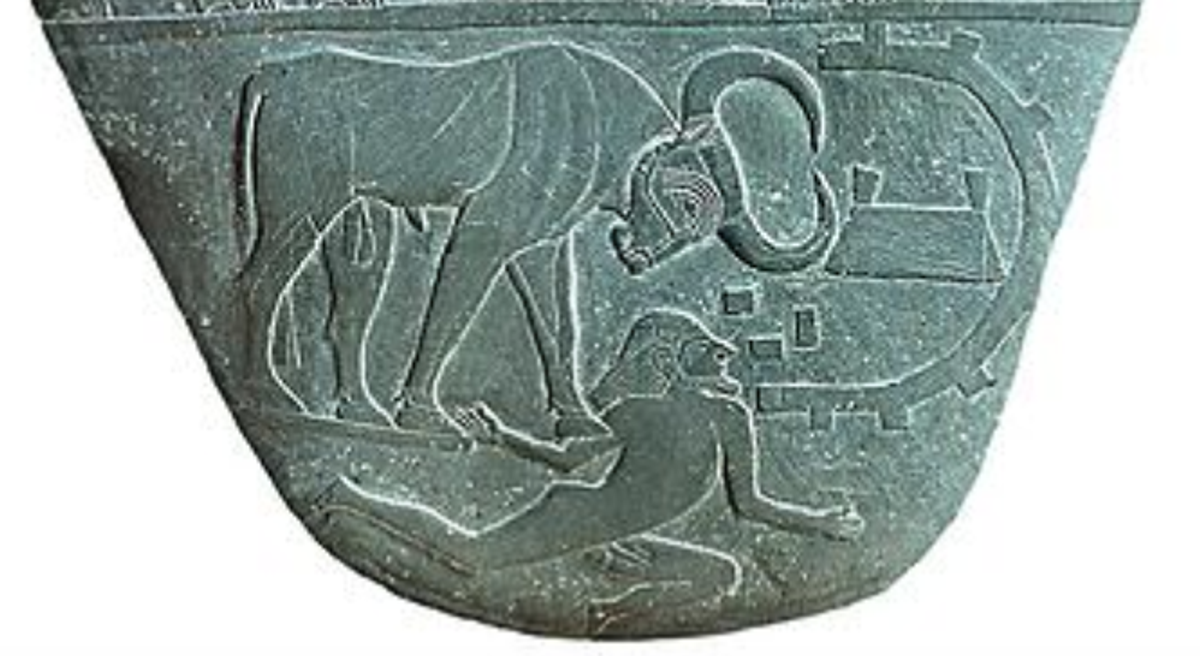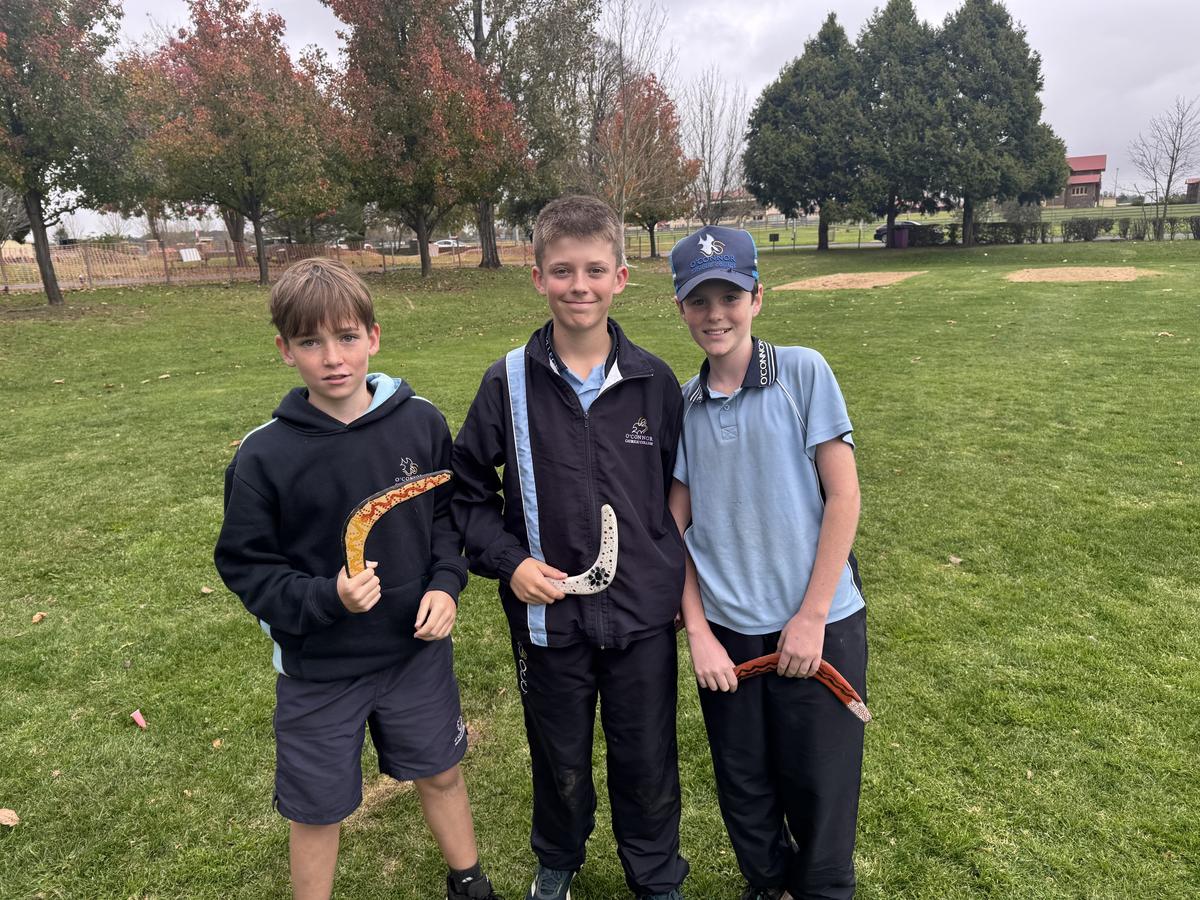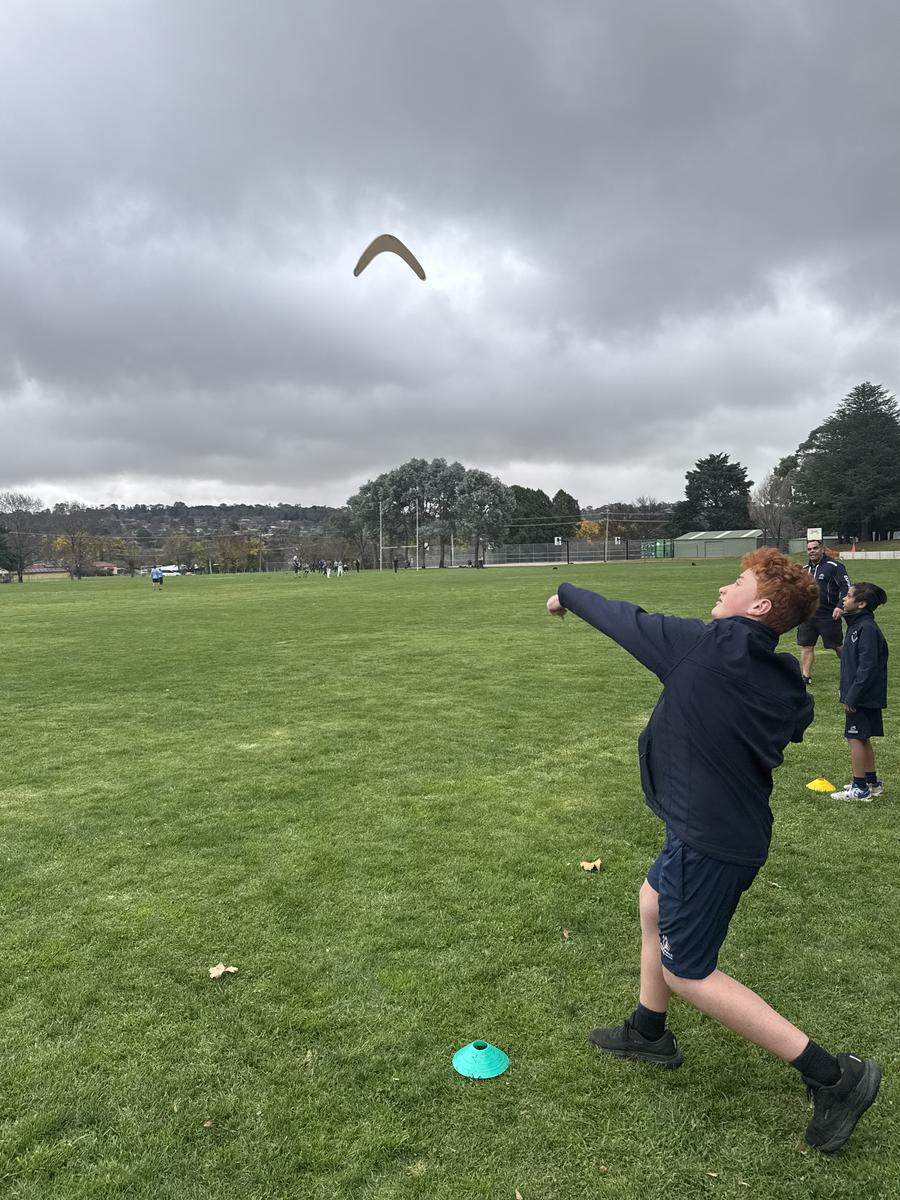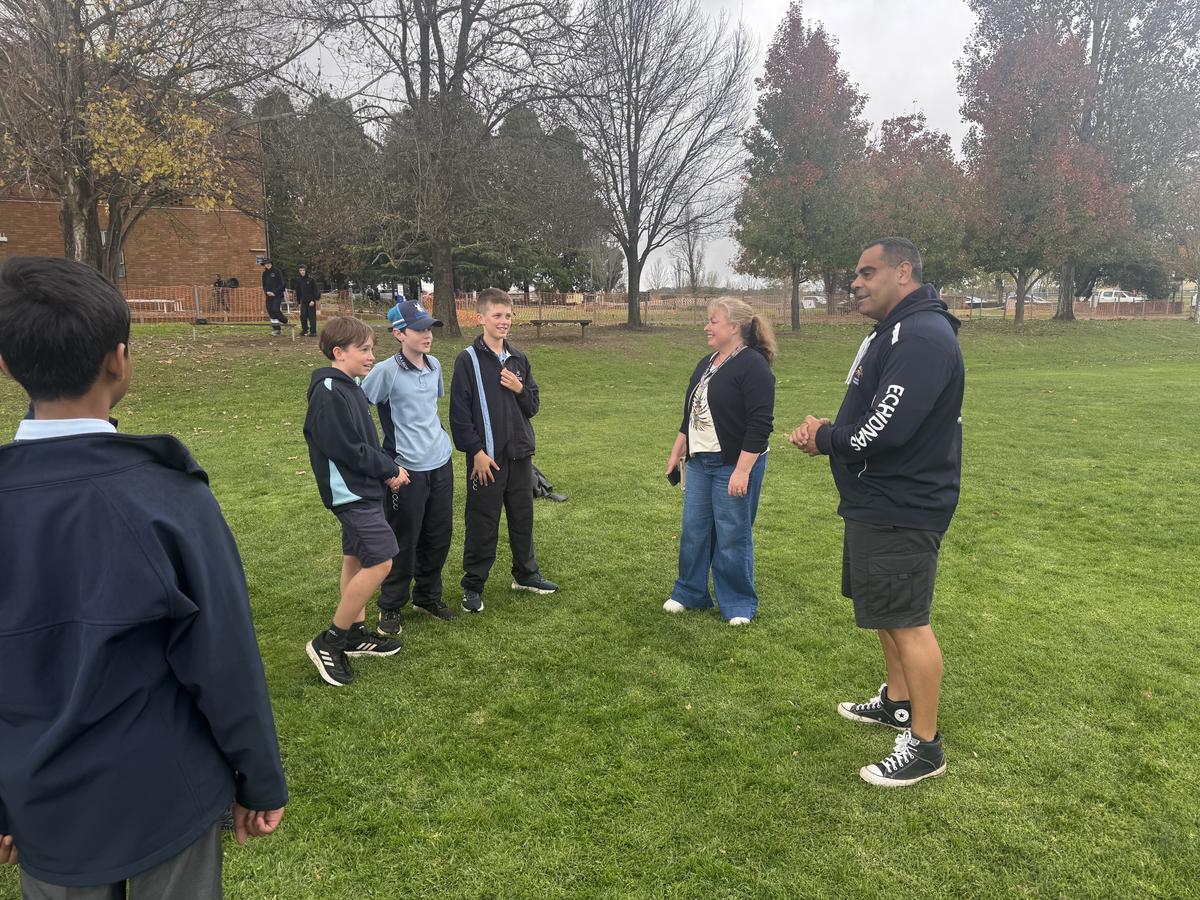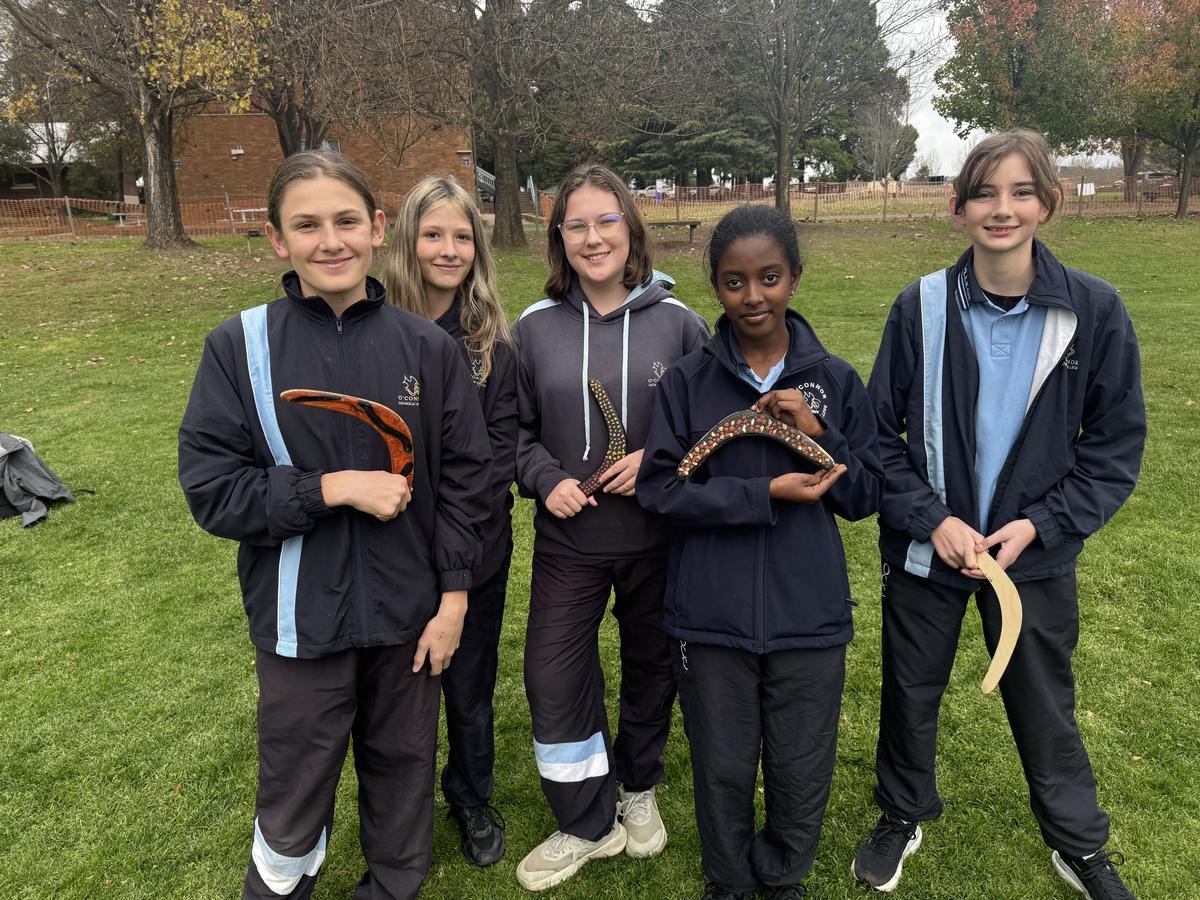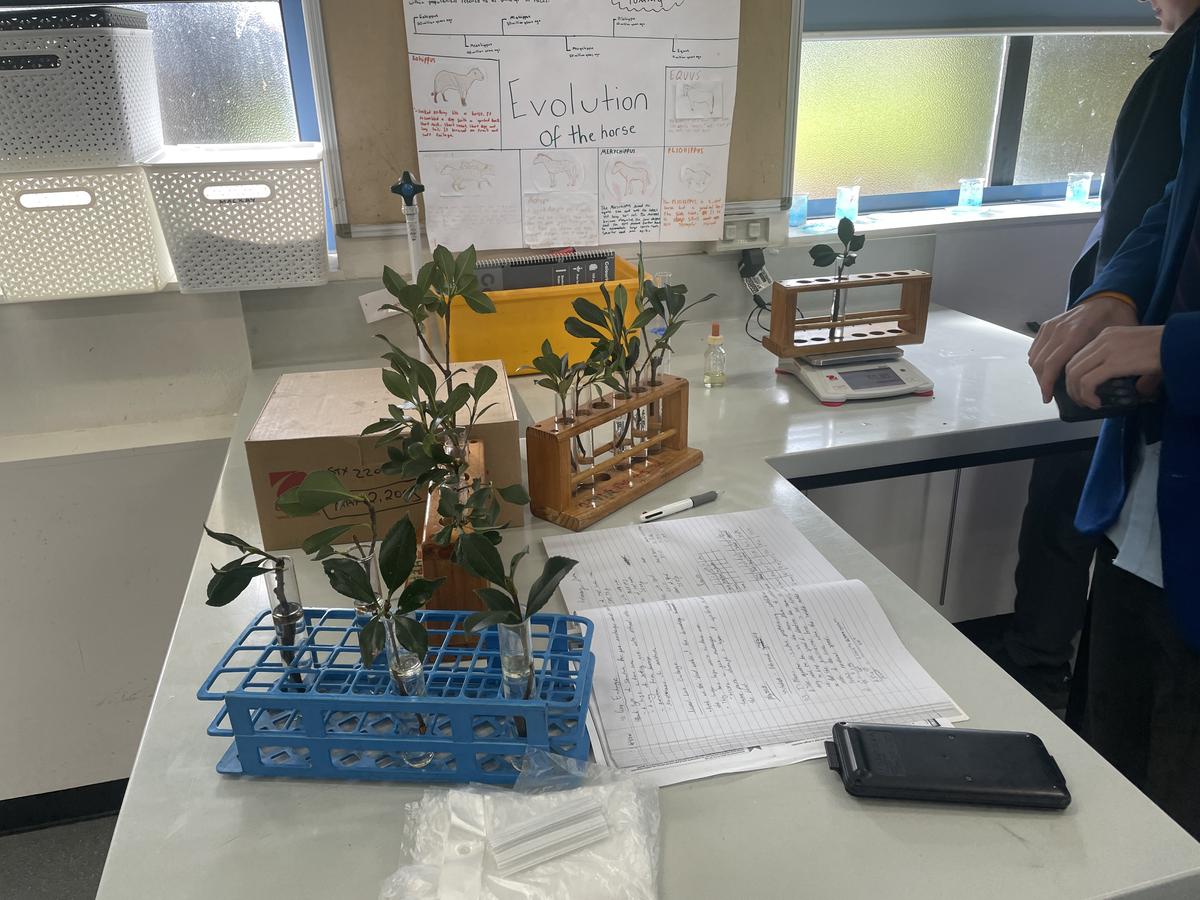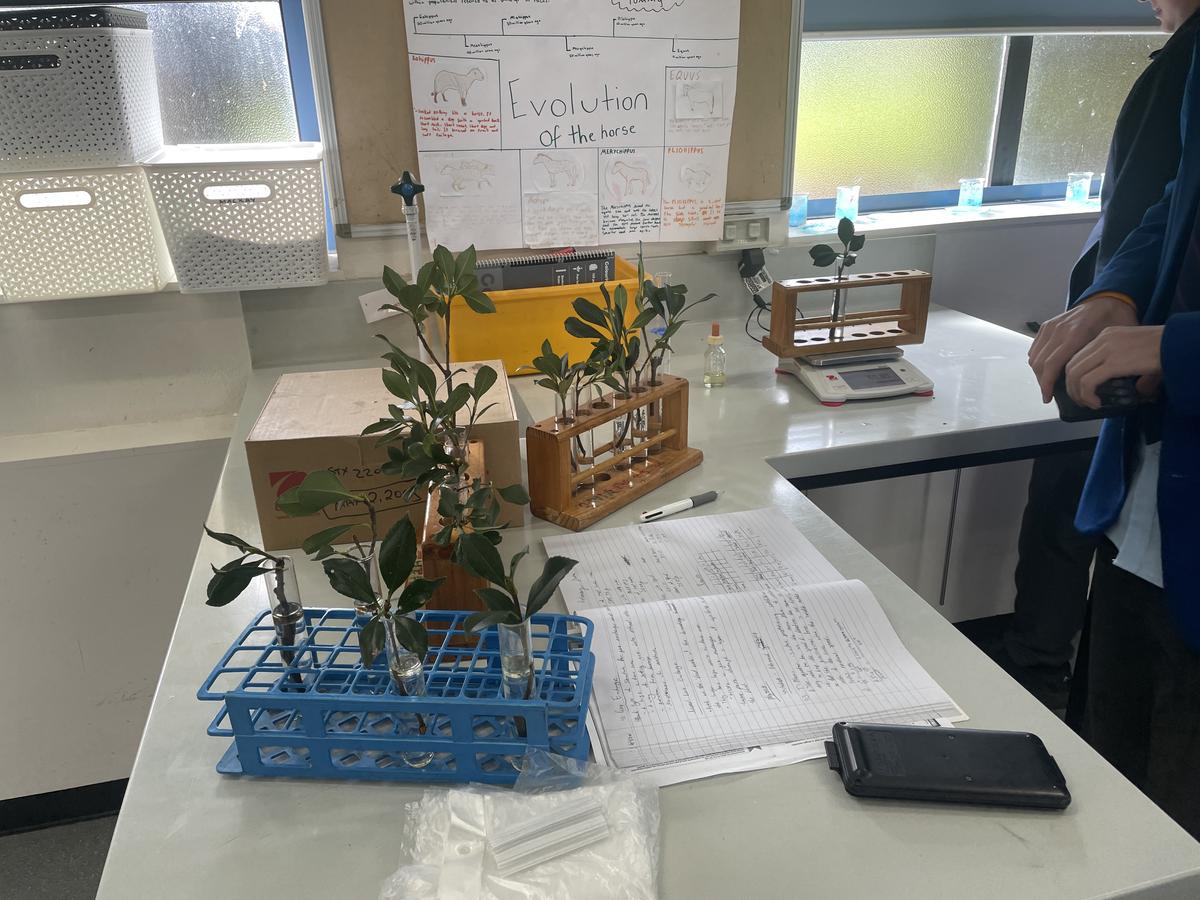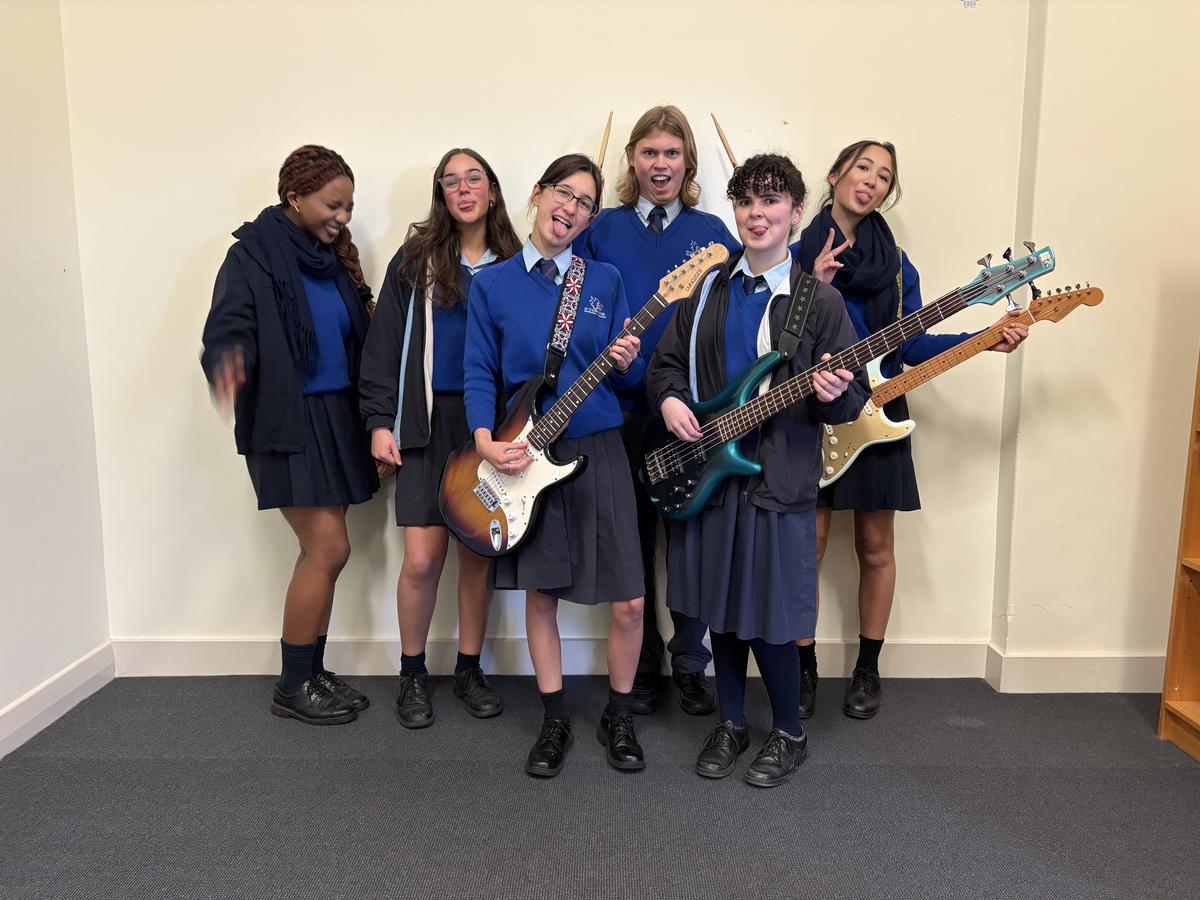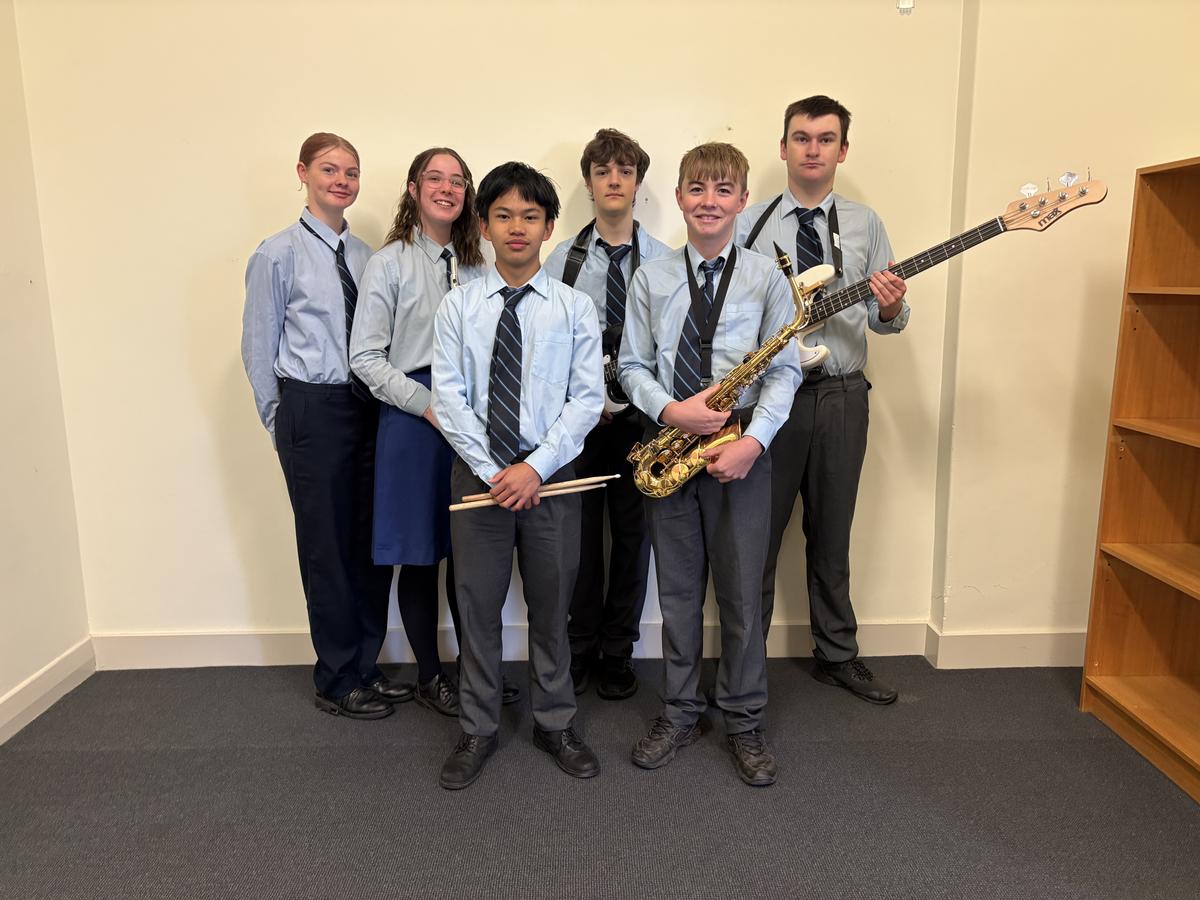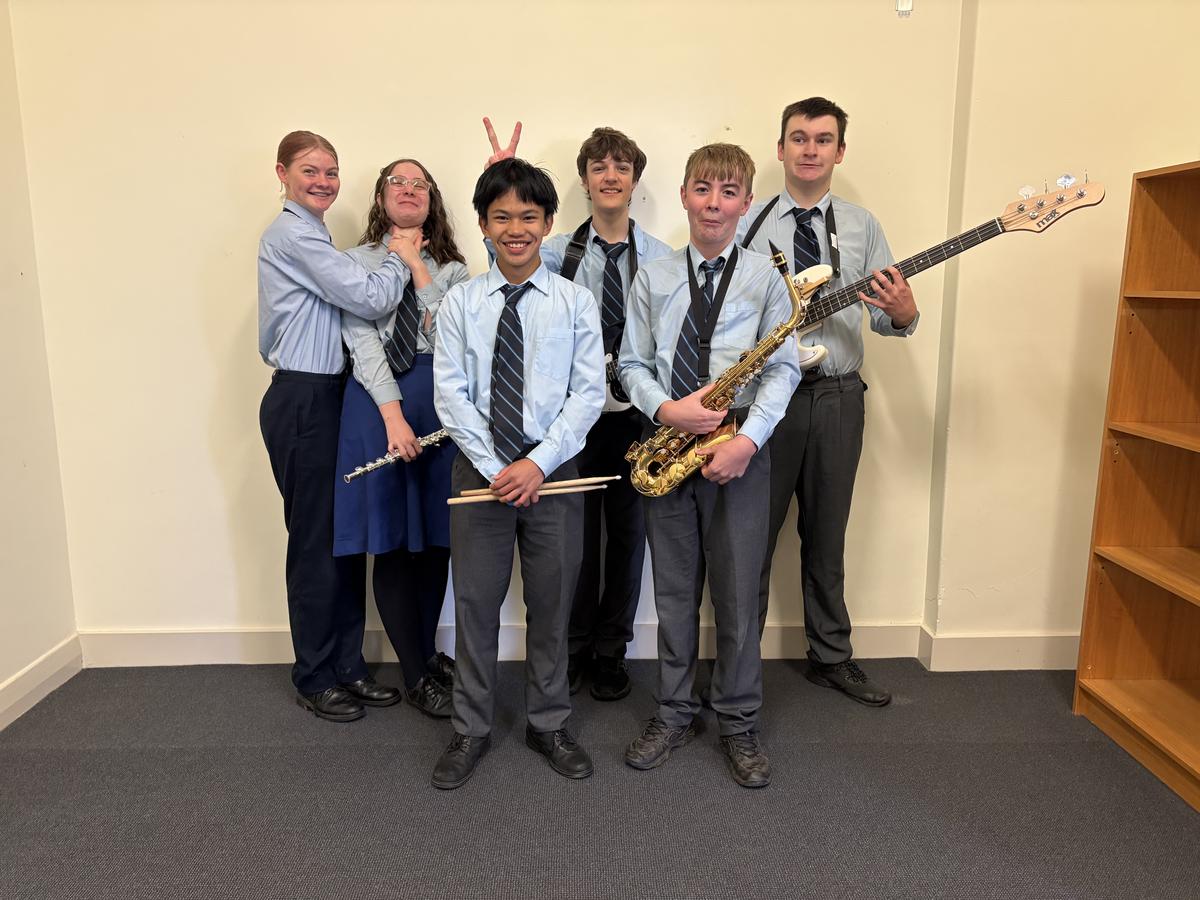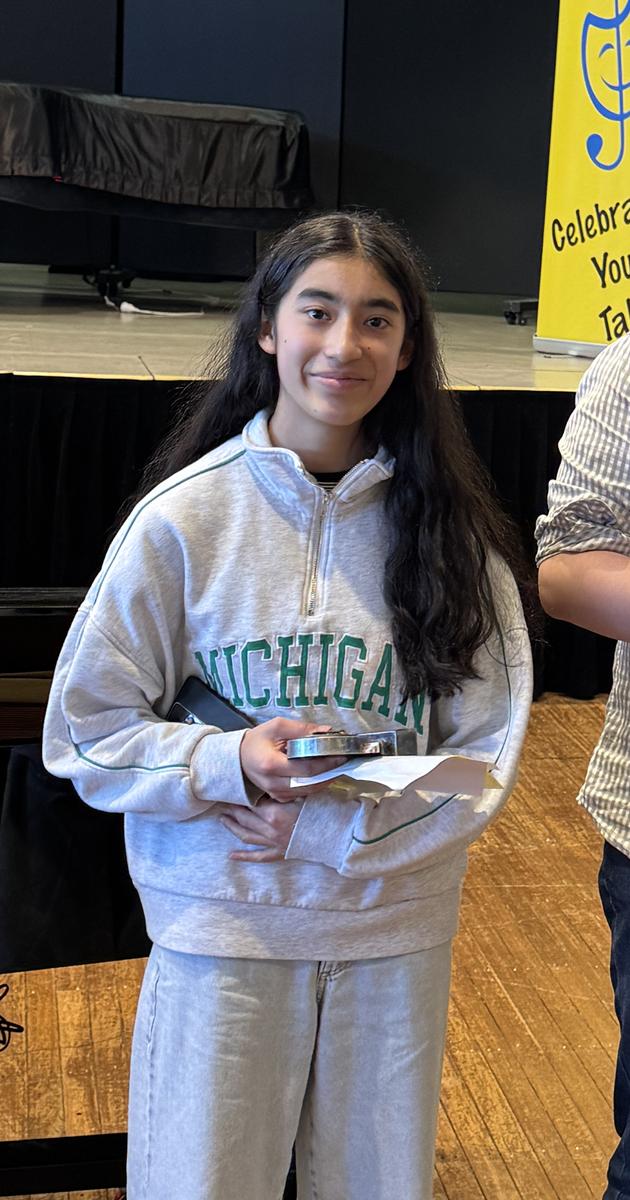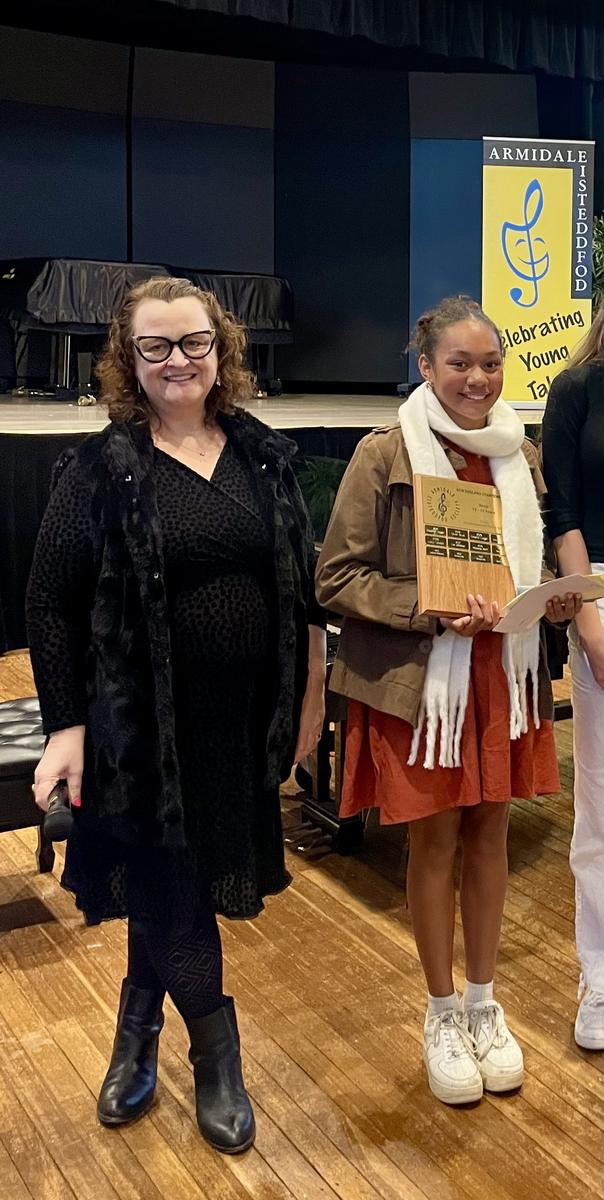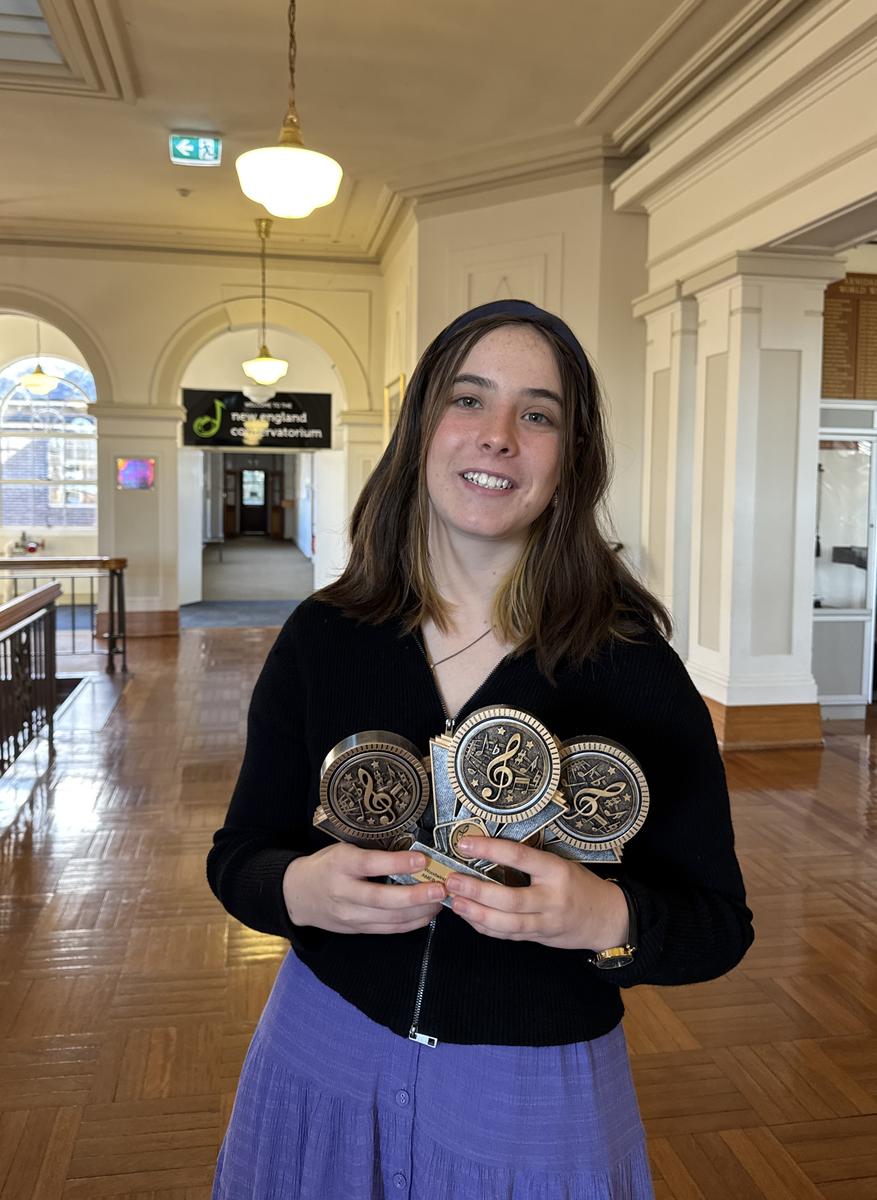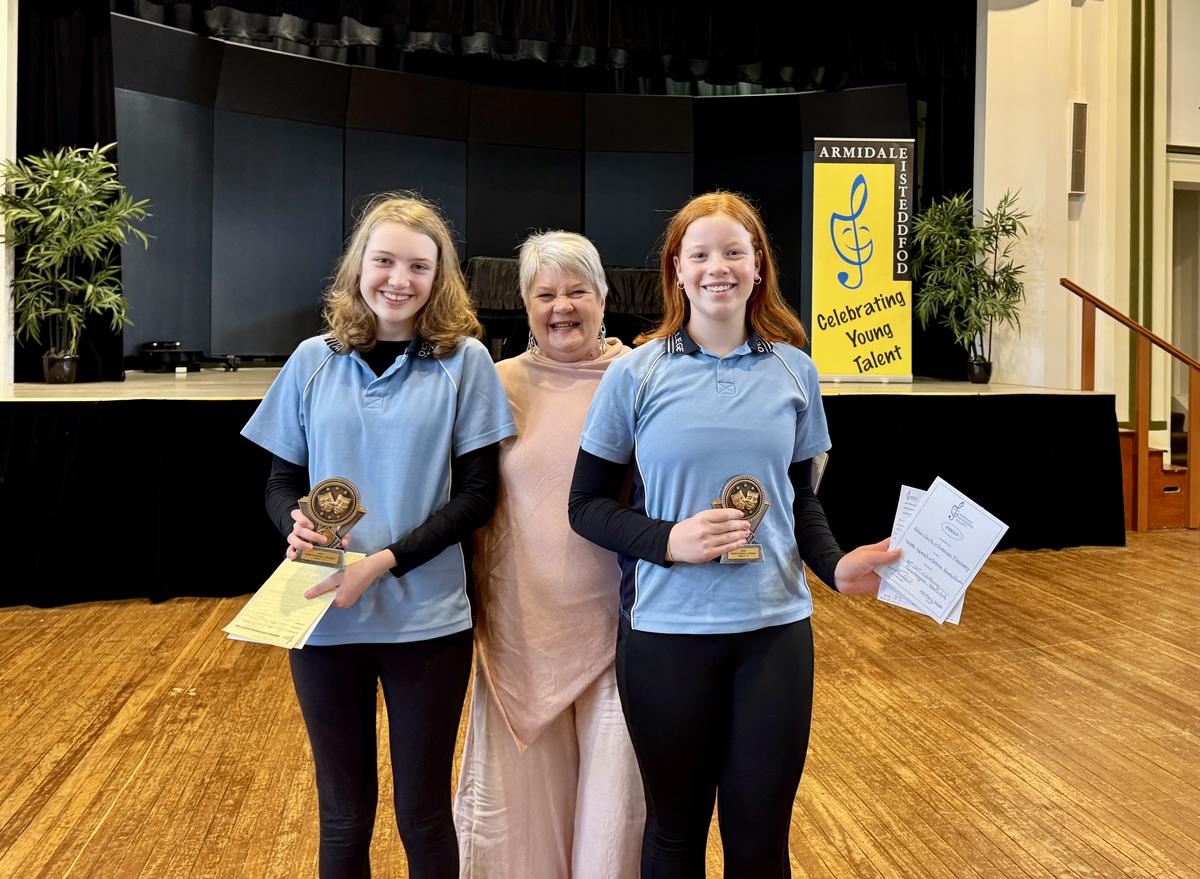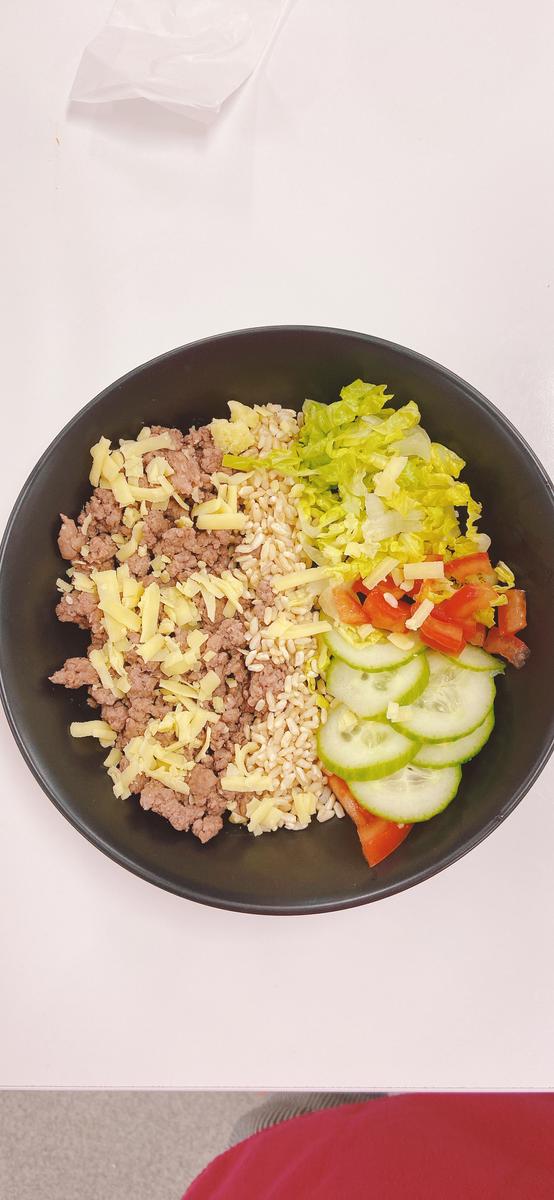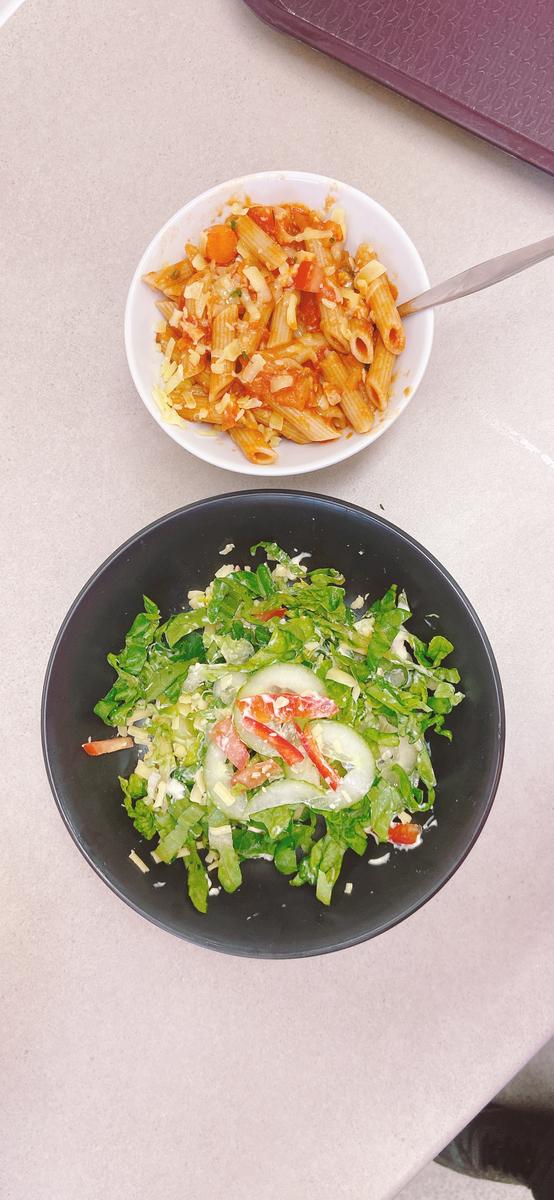KLA News
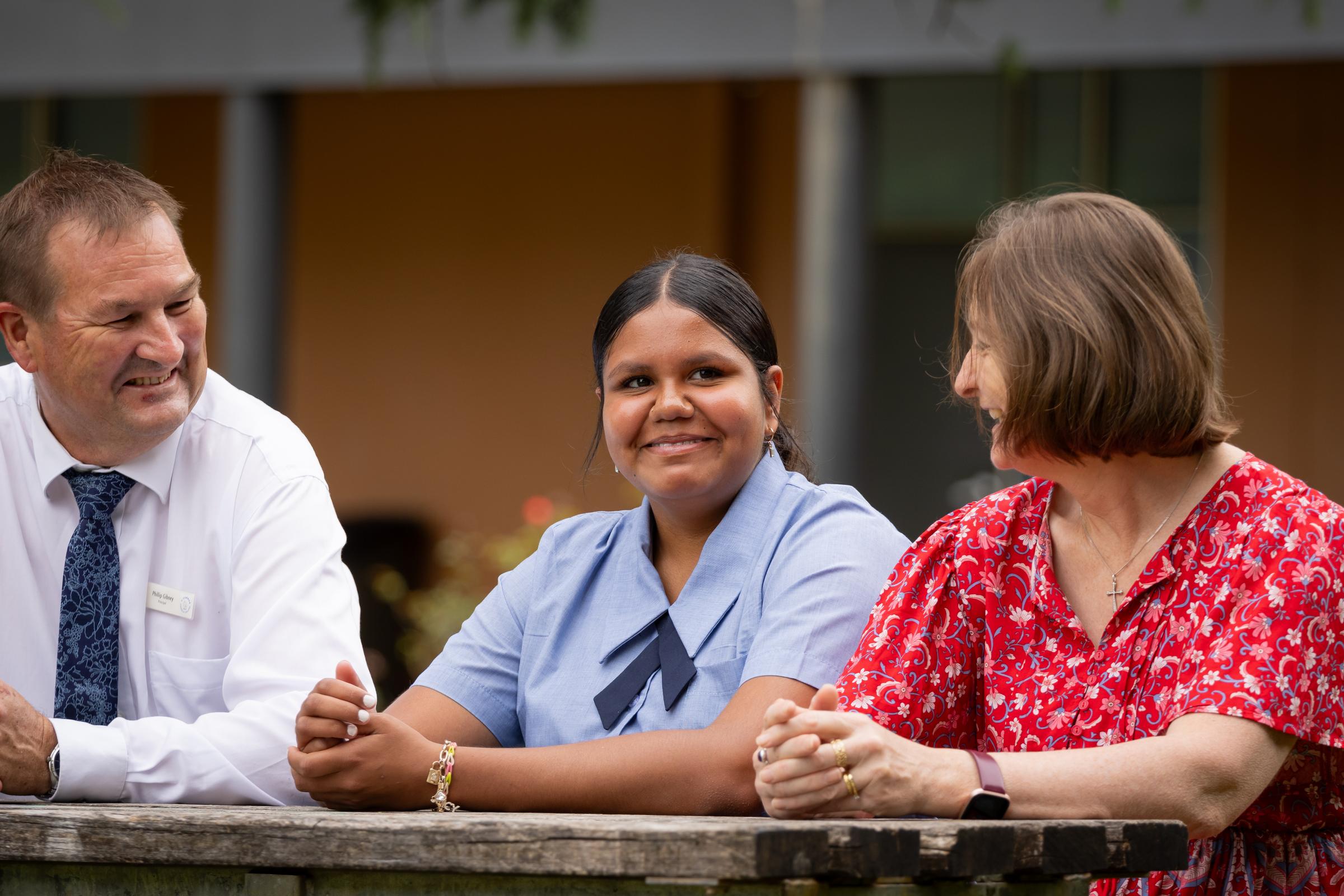
HSIE
Year 7 students have just finished their study of Ancient Egypt and are moving on to studying Ancient China. While learning about Ancient Egypt, the students learned to read one of the earliest documents from Egypt, the Narmer Palette which tells the story of King Narmer’s war of unification against Lower Egypt.
April and Bella agreed to share what they learned about this important artefact.
The Narmer palette
What is the Narmer Palette?
The Narmer Palette is an ancient Egyptian artifact made over 5,000 years ago, around 3100 BCE. It is a large, flat stone with carved pictures that tell the story of King Narmer, who became the first pharaoh to unite Upper and Lower Egypt. It was found in the Temple of Horus in Nekhen, also known as Hierakonpolis. The Narmer Palette has two sides, the reverse and obverse.
Who made the Narmer palette?
The Narmer Palette was made by King Narmer, the king of the First Dynasty in Egypt at around 3100 BCE. It was likely created to celebrate his military victories and the unification of Upper and Lower Egypt.
Reverse
The reverse side of the palette consists of 3 sections, called registers. In the first register (up the top) shows King Narmer’s name, a catfish and a chisel. The catfish stands for “nr” and the chisel stands for “mr”. Together that makes “nrmr” or more commonly known as Narmer. On each side of his name there is a bull. The bull symbolizes Narmer’s power, strength, protection and care.
The second register shows Narmer, the bigger figure, wearing the White Crown (crown of upper Egypt). Narmer is holding a mace in one hand and holding the king of lower Egypts’ hair. King Narmer is smiting the other king, which means to hit/bead with Godly authority. Narmer’s royal sandal bearer is close by his side holding his sandals. The royal sandal bearer is one of the king's most trusted servants.
Obverse
The obverse side of the pallet, unlike the reverse side, has 4 registers. In the first register (the top one) also shows king narmar’s name. The catfish, chisel and bulls either side.
The 2nd register has a person who is significantly taller and that is Narmer. The person to the left of him is his sandal bearer, one of his most trusted people. The person to his right is half his height, meaning he still has some sort of role in Ancient Egypt, maybe military leadership or religious leadership. They are celebrating Narmer's win against the king of lower Egypt. Standard bearers are holding up standards (flags). Everyone in the second register is looking upon the Bound and Headless Rebels. The Bound and Headless Rebels are rebels that have been beheaded and bound together. Narmer has put their head in between their legs to show disrespect.
In the 3rd register there are two Serpopods. The serp in serpopods stands for snake and the pod stands for feet so the animal is a snake with feet. If you look at their necks they are wrapped around each other, making a circle meaning unity between two lands.This shows that King Narmer has won the war and has become king of Two Lands. There are two people holding the serpopods neck with leashes meaning that they are unsure about what might happen in the future.
In the 4th register you can see the bull killing a person, the bull is Narmer and the person is probably a lower Egyption rebel getting publicly beheaded. It shows that the place that was once in unity with lower Egypt has become a non-existing thing and that they are no longer in unity.
Mrs Cherie Stoessel
Leader of Learning, HSIE
Science
Year 7 – Forces in Action
Our Year 7 students have been diving into the world of forces. They’ve been investigating how objects interact through contact and non-contact forces, exploring concepts such as friction, gravity, and balanced and unbalanced forces. They’ve also been learning how to draw and interpret force diagrams. A highlight of the unit has been the integration of Indigenous perspectives, where students spoke with Matt about traditional technologies such as the woomera and boomerang. These discussions have enriched students' understanding of how Aboriginal and Torres Strait Islander peoples have applied deep knowledge of forces for thousands of years for hunting and survival.
Mr Luke Andrews shares more below!
Exploring the Science of Flight: Year 7 Study Forces Through Boomerangs
This term, Year 7 students have been exploring the topic of forces as part of their science curriculum. In Week 5, they had a unique opportunity to examine the forces that influence the flight of boomerangs. Mr Matt Griffin delivered an engaging session, discussing the traditional use of boomerangs by Aboriginal Australians for hunting, as well as their cultural significance. He also discussed the contributions of David Unaipon—the man on the Australian $50 note—who was an inventor. Unaipon is credited with innovations such as an improved sheep-shearing hand tool and a design for a flying machine that utilised boomerang-style wings to generate lift (long before the invention of the helicopter). Students closely examined the boomerangs, observing their aerofoil structure and learning how their design impacts flight. They then put theory into practice by testing the boomerangs outdoors. A special thank you to Mr Matt Griffin for sharing his expertise and demonstrating the proper technique for throwing a boomerang.
Year 8 – The Rock Cycle and Earth’s History
In Year 8, students have been learning about Earth’s dynamic surface and the different types of rocks – igneous, sedimentary and metamorphic. They’ve explored the processes that form these rocks and the larger geological processes that shape landforms. To deepen their understanding, students created their own model fossils, replicating some of the natural processes involved in fossil formation. This hands-on activity brought ancient Earth to life and encouraged students to think like geologists.
Year 9 – Foundations of Chemistry
Year 9 students have been building a strong foundation in chemistry by exploring the structure of the atom and the development of the periodic table. They’ve looked at how scientific understanding of atomic theory has evolved over time and are now beginning to apply this knowledge to understand the properties and behaviours of elements. This unit sets the stage for more advanced chemistry topics in the senior years and helps students see the relevance of atomic structure in everyday materials.
Year 10 – Climate Science and Global Change
Year 10 students have been engaging in an important unit on climate science, beginning with the study of global weather patterns such as El Niño and La Niña. They’ve explored how these patterns affect weather in Australia and around the world and have been linking this knowledge to broader issues such as climate change. Students have examined the carbon cycle, deforestation, and biodiversity loss to understand how human activity impacts the environment. They are now preparing to take on the next challenge—developing real-world solutions to mitigate the effects of climate change, with a focus on sustainability, innovation, and global responsibility.
We’re proud of the curiosity and enthusiasm our students bring to their science learning, and we encourage families to continue discussing these fascinating topics at home.
Daniel Fittler
Leader of Learning: Science
Biology
Year 11 Biology have been working hard on completing their Depth Studies, these practical's are looking at factors affecting rates of photosynthesis.
CAPA
With Eisteddfod season coming to a close, O’Connor Students put in some wonderful performances over the last month. Congratulations to the following students.
| Alexis Vickery | Music Composition Solos - Music Composition Year 10 | 3rd |
| Alexis Vickery | Music Solos - Woodwind Solo, Post 1900, AMEB Grade 4-5 or Equivalent (2-3 equivalent) | 2nd |
| Alexis Vickery | Music Solos - Popular or Jazz Solo 15 Years & Under, any instrument except piano or organ | 2nd |
| Eleanor Flannery, Allie Clark | Speech & Drama Duos / Quads - 20th/21st Century, Duologue Years 7 - 9 | 1st |
| Emilio Morales Bello | Music Duos/Trios - Piano Duet/Trio 13 Years & Under | 1st |
| Emilio Morales Bello | Music Solos - Piano Solo AMEB Grades 5 & 6 Level | 2nd |
| Emilio Morales Bello | Music & Vocal Championships - New England Piano Championship AMEB Grades 5 & 6 Level | 3rd (equal) |
| Joshua Vickery | Music Solos - Woodwind Solo, Post 1900, AMEB Grade 4-5 or Equivalent (2-3 equivalent) | Participant |
| Joshua Vickery | Music Solos - Piano Solo, Popular or Jazz AMEB Grades 1 & 2 Level | Participant |
| Kevin Tighe | Music Solos - Woodwind Solo, Pre 1900, AMEB Grades 6-7 or Equivalent | Highly Commended |
| Kevin Tighe | Music Solos - Woodwind Solo, Post 1900, AMEB Grade 6-7 or Equivalent | Participant |
| Laura Lidgard | Music Solos - Piano Solo, Baroque AMEB Grades 4-6 Level | Participant |
| Laura Lidgard | Music Solos - Instrumental Solo, Australian Composition 15 Years & Under, any instrument except voice | 1st |
| Laura Lidgard | Music Solos - Woodwind Solo, Pre 1900, AMEB Grades 6-7 or Equivalent | 1st |
| Laura Lidgard | Music Solos - Woodwind Solo, Post 1900, AMEB Grade 6-7 or Equivalent | 2nd |
| Madeleine Cowley | Speech & Drama Solos - Prose Recital, Solo 16 to 23 Years | 1st |
| Madeleine Cowley | Speech & Drama Solos - Impromptu Prose Reading, Solo 16 - 23 Years | 3rd |
| Madeleine Cowley | Speech & Drama Solos - Public Speaking, Prepared Speech 16 - 23 Years | 3rd |
| Madeleine Cowley | Speech & Drama Solos - Impromptu Speech Years 10-12 | Participant |
| Marisa Suluma | Vocal Solos - Vocal Solo, Sacred, 18 Years and under | 1st |
| Marisa Suluma | Vocal Solos - Vocal Solo, Musical Theatre, Disney Film, Television 16 Years & Under | 2nd |
| Marisa Suluma | Vocal Solos - Vocal Solo, Musical Theatre, Disney Film, Television Open | 2nd |
| Marisa Suluma | Music & Vocal Championships - New England Vocal Age Championship 13 - 15 Years | 1st |
| Marisa Suluma | Vocal Solos - Vocal Solo, Popular Song 16 Years & Under | 1st |
| Marisa Suluma | Vocal Solos - Vocal Solo, Jazz Song 16 Years & Under | 2nd |
| OCC Drama Club | Speech & Drama Groups - Dramatic Extract / Short Play, 20th/21st Century, Group Years 9-10 | Highly Commended |
| OCC Year 10 Music Class | Music Groups - Class Ensemble Years 9-10 | 3rd |
| OCC Year 11 Music Class | Music Groups - Class Ensemble Years 11-12 | 3rd |
| OCC Year 9 Music Class | Music Groups - Class Ensemble Years 9-10 | 2nd |
| OCC Jazz Band | Music Groups - Any Instrumental Group, Non-Competitive Open | Participant |
| OCC Wind Band | Music Groups - Any Instrumental Group, Non-Competitive Open | Participant |
| Payton Stewart | Music Solos - Woodwind Solo, Restricted 14-18 Years | 1st |
| Payton Stewart | Music Solos - Woodwind Solo, Post 1900, AMEB Grade 4-5 or Equivalent | 1st |
| Zephyr Burney | Music Solos - Violin or Viola Solo, AMEB Grades 3-4 or Equivalent | 3rd |
| Zephyr Burney | Music Solos - String Solo, Restricted Years 7 & Above | 2nd |
| Zephyr Burney | Music Duos/Trios - Duet on any Stringed Instruments Year 7-12 | 1st |
English
Year 12 - Standard English
As Year 12 moves into their last module for the year - Module B: Close Study of Literature. We are beginning to look at the Australian Poet Oodgeroo Noonuccal and her works between 1966 - 1984. Students were tasked to write a three stanza, 12 line poem that focused on either a geographical location or historical event in Australia.
TAS
Year 8 Food Technology
In Yr 8 Technology “Fantastic Food” we have been learning about the nutritional value of food and how to prepare dishes with nutritional enhancements. I challenged students today to spend some time studying data on the National Geographic What the World Eats site and then asked them to record their reflections and predictions on a google form. I was hoping that they would use their learning on diet and diet related diseases and I was very impressed to see how insightful and informed their responses were. Here are some of the questions and responses. Well done Year 8!!
Q1
Q2
Q3
Year 8 then prepared the dishes that they modified to make healthier and more suitable to a teenager. They had to apply their learning and specifically, this meant reducing sugar, saturated fat and salt, increasing calcium, iron, good fats and protein and adding veggies to the recipes. Their cooking and time management skills were impressive.
Thank you for sharing Mrs Healy!
Mr Jon Hawthorne
Leader of Learning, TAS

